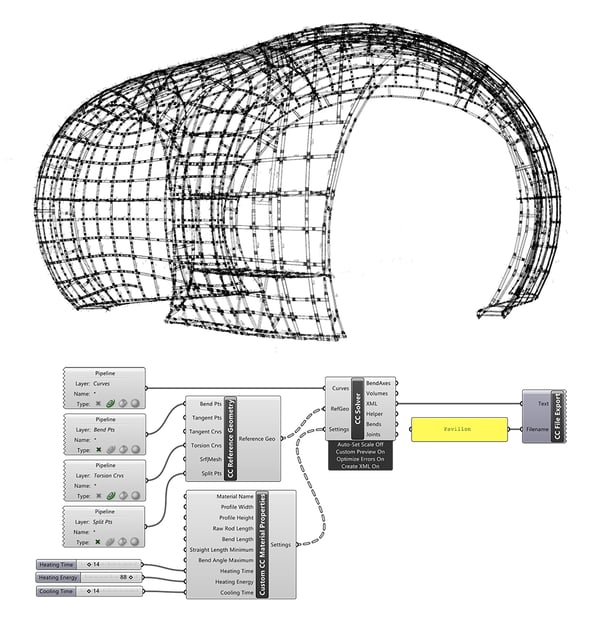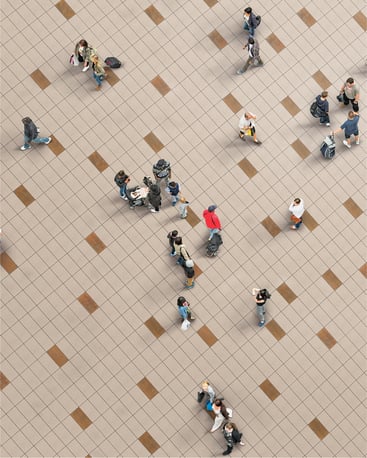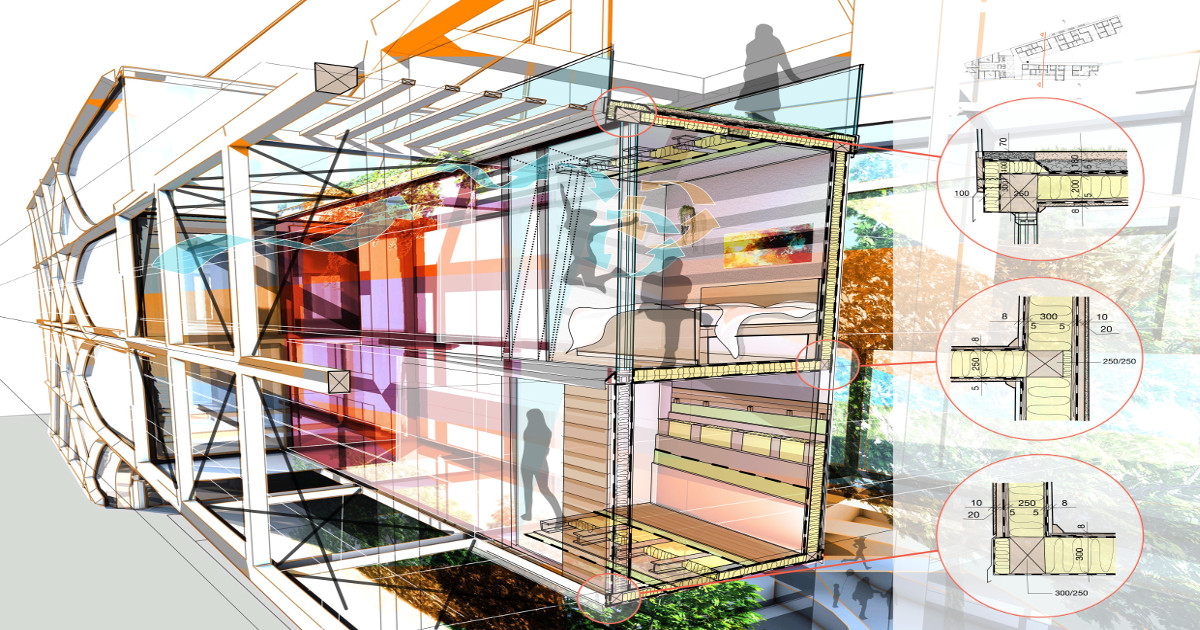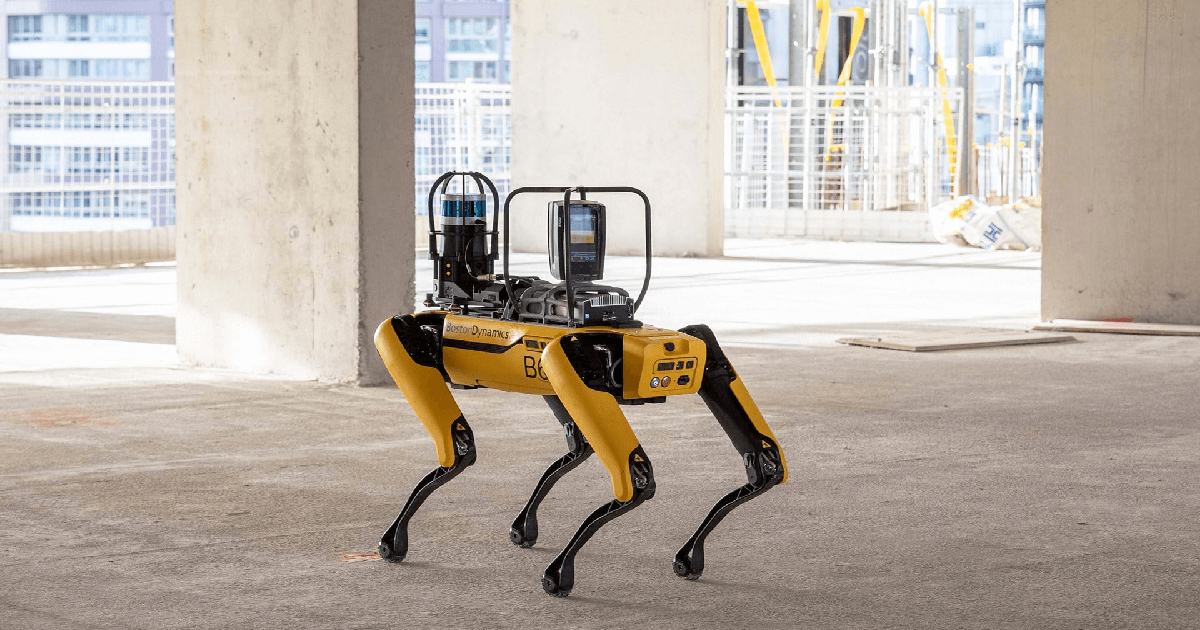Concrete has long been one of the most versatile building materials, and tireless research into the mineral material means that new types are constantly being added. Two patented inventions ensure that concrete once again acquires capabilities that were previously only available in completely different materials. Who would have thought that concrete could rust? Or that spectacular free forms could be created without any formwork at all? For both, the industry offers solutions that once again expand the spectrum of possibilities in concrete construction.
What used to be seen and rejected as a clear sign of decay has become a visual trend in recent years: rust. Corten steel, for example, which grows a layer of stainless steel through weathering that subsequently protects the underlying material layers from further corrosion, has now become a popular design element. Why not produce a concrete that rusts on the surface? Following this thought, the company braun-steine developed the product FERRO CONCRETE.
 © Clever Contour
© Clever Contour
FERRO CONCRETE: Rusty concrete blocks
FERRO CONCRETE is a full-edged paving stone to which oxidising material is added in a patented process, so that the stone acquires a patina on the surface similar to that of Corten steel. The concrete stones are suitable for "ground support" of Corten steel surfaces, for accentuation and generally for the design of paved surfaces. The surface of the stones is impregnated with a special micro-coating called Clean Save 3D, which allows the material to rust, but at the same time protects it at least temporarily from contamination and green growth. When the effect wears off, the impregnation can simply be sprayed on again.
 © Clever Contour
© Clever Contour
Free forms without formwork: i-Contour
Rusting concrete is a fine thing, but much more practical and revolutionary is an invention of the Leoben-based company Clever Contour. Up to now, if one wanted to produce complex 3D free-forms from concrete, expensive special formwork was required. With i-Contour these are no longer necessary. The company has developed a Rhinoceros plug-in that allows customers to design freeforms themselves. A robot then assembles the skeleton of the object from bendable thermoplastic struts. Larger forms can be brought to the construction site in smaller parts and assembled there. Once the skeleton is in place, the mold is given its substance by dry shotcrete. The addition of a combination of carbon mats and steel parts provides the necessary tensile strength.
 © Clever Contour
© Clever Contour
This production method has a number of advantages over the usual construction method of free forms. For example, with a thickness of only about nine centimeters, the molds can be built half as light as comparable components. In addition, the combination of a prefabricated skeleton and in-situ dry spraying has logistical advantages, for example for use on construction sites that are difficult to access. Since the customer designs the piece himself and the robot does not care whether he builds a mold for the first or hundredth time (the work always remains the same), this is practically industrial production up to batch size one.


© braun-steine
To be continued
With this digital, customized industrial production up to batch size one, i-Contour takes construction one step further towards Industry 4.0. The process also offers a more flexible alternative, especially in terms of logistics, to what is probably the strongest industry 4.0 trend, 3D printing. All in all, both FERRO CONCRETE and i-Contour show once again that the concrete industry never sleeps when it comes to making mineral building materials more beautiful and somehow better. Innovative types of concrete with new properties will certainly follow.

%20(1).jpg)



%20(1)%20(1)%20(1).jpg)





